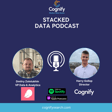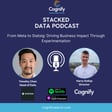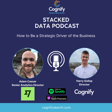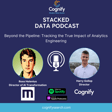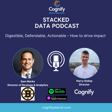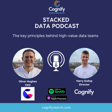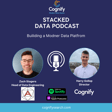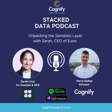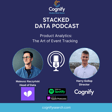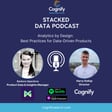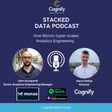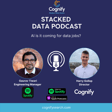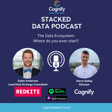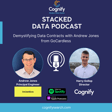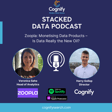
001 - The Power of The Modern Data Stack
I'm joined by Sami Rahman as we dive deep into the fascinating world of Modern Data, covering topics around maximising your stack and the power of a semantic layer.
In this episode, I had the privilege of sitting down with Sami, who has a truly unique path into data. Together, we explore the intricacies of the semantic layer and modern data stack, unearthing its transformative potential and its vital role in modern data architecture.
🌐 What You'll Learn:
An honest insight into Sami unique career journey (including a stint in ANTI-TERRORISM)
Insights on harnessing the power of the modern data stack and a semantic layer to unlock data's true potential.
Real-world applications and success stories that shed light on its impact.
Practical tips and strategies to navigate the challenges of implementing a robust semantic layer.
Top tips for interviewing and a successful career in data!
This podcast isn't just about technology; it's about the stories, experiences, and lessons that drive innovation in the data landscape. Whether you're a seasoned data professional or simply curious about the future of data, this conversation offers a wealth of knowledge and inspiration.
Please give us a follow as we have lots more episodes coming!
We are always looking for feedback or topics you'd like to hear about. Please reach out!
